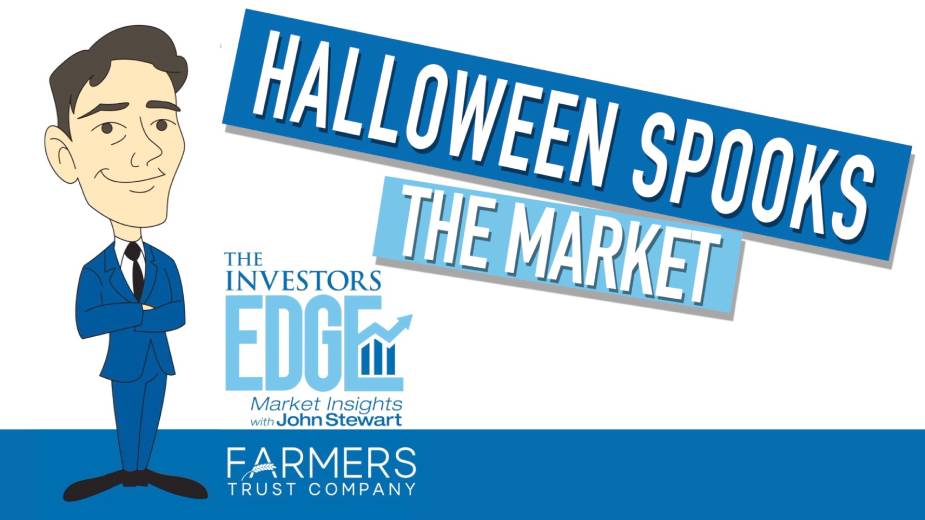Inflation Explained | The Investors Edge
By John Stewart, chief investment officer at Farmers Trust Co.
Week in Review: Bulls Regain Control
After a 5% slide in the first half of August, the bulls have regained control of the stock market over the past week-and-a-half. The S&P 500 is up more than 3% from its August low point, and is back within a stone’s throw of its 2023 highs reached at the end of July.
This is after two big events last week confused investors as to which direction stocks might head from here.
The first big event was another blowout earnings report from A.I. chipmaker NVIDIA. The company beat earnings expectations by a country mile and then proceeded to raise its earnings guidance for the future.
After the news release, the stock rose nearly 10% in after hours trading only to close unchanged during the next day’s session before actually declining the following day.
The selling pressure didn’t last long however, as the stock is now back near its all-time high around $500 per share.
The other big event last week was Fed chairman Jerome Powell’s speech at the annual Jackson Hole conference hosted by the Kansas City Fed. Markets initially traded down on the speech, thinking it was relatively hawkish, meaning the Fed will likely keep monetary policy tight with higher interest rates, but by the afternoon of the same day markets were rallying and haven’t looked back since.
Featured Insight: Inflation Explained
There have been numerous reports over the past few months that the rate of inflation has slowed significantly and is even approaching historically acceptable levels in the 2 to 3% range.
If we’ve made so much progress on inflation, and possibly even conquered the inflation beast, then why are prices still so high while many consumers struggle to make ends meet?
The answer is that the inflation rate is a rate of change of prices, not the underlying prices themselves. Meaning, that a lower rate of inflation only means that prices are rising at a lesser rate, NOT that prices are falling.
The Fed has a target of 2% inflation per year, which sounds relatively modest, but the double-digit price increases we’ve experienced during the past couple of years aren’t going to be unwound. Unfortunately, it will still take time to get used to this new higher price level, even if prices aren’t rising quite as fast as they were last year.
Looking Ahead: September Volatility
Despite the stock market rally during the past week or so, major stock market averages still finished the month of August in the red. I warned of this possibility toward the end of July, highlighting that August tends to be one of the weaker months historically.
I also mentioned that September has tended to be a weaker month, on average, as well.
For that reason, in addition to signs of economic data slowing in recent weeks, it likely makes sense to pare back on equities in accounts that are currently overweight relative to their targets.
Likewise, if you’re looking to put new money to work, it may make sense to dollar cost average into the market over the next few months rather than going all in right now with the market trading near its 52 week highs.
Copyright 2024 The Business Journal, Youngstown, Ohio.


